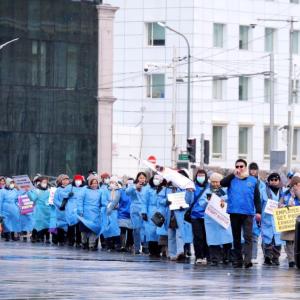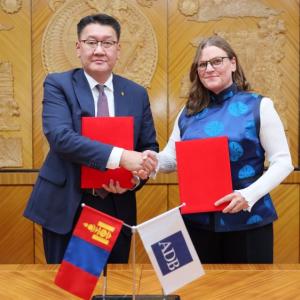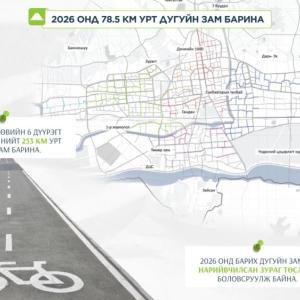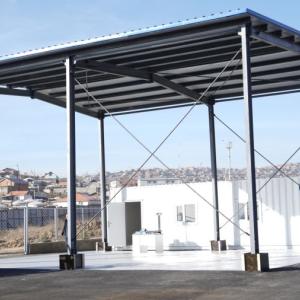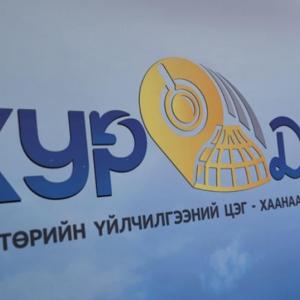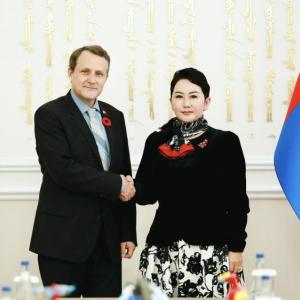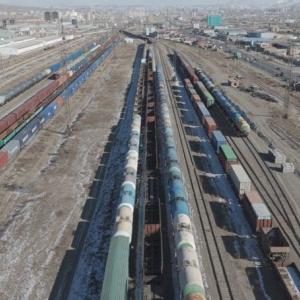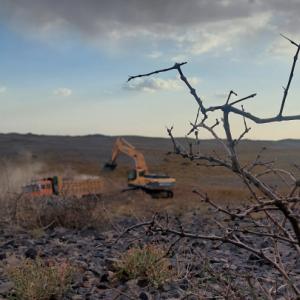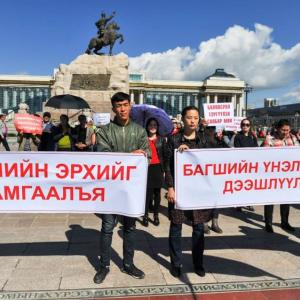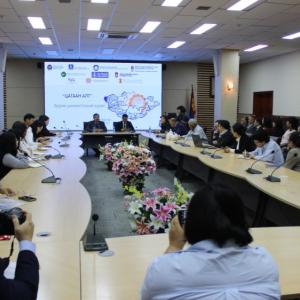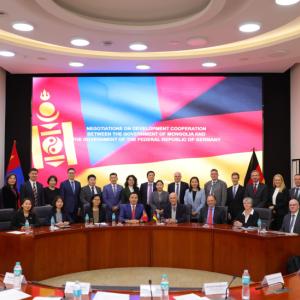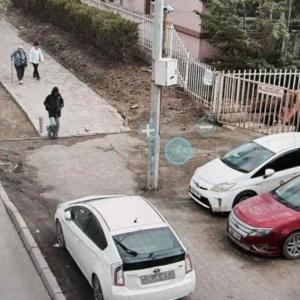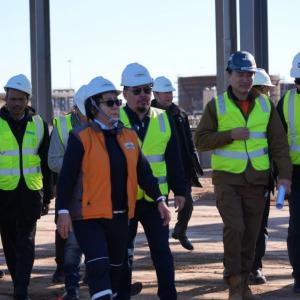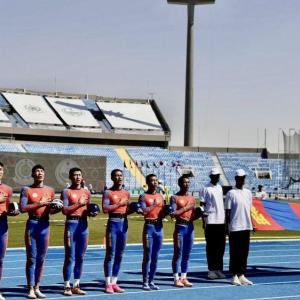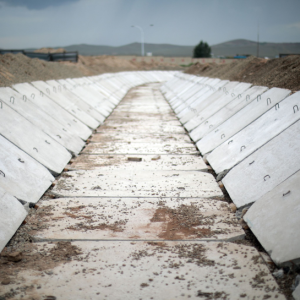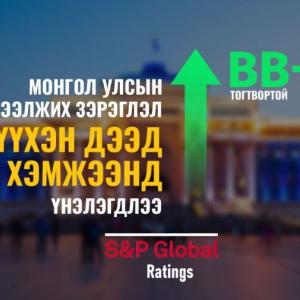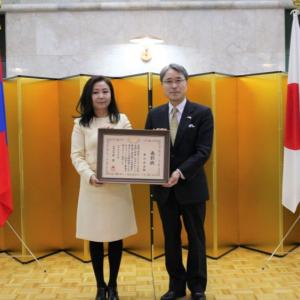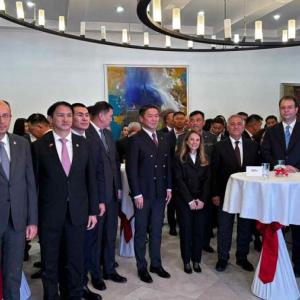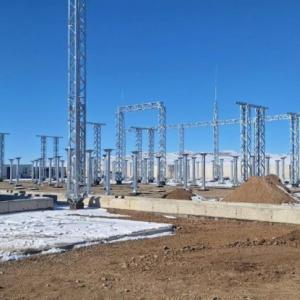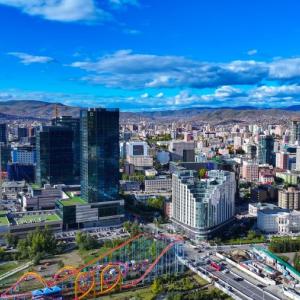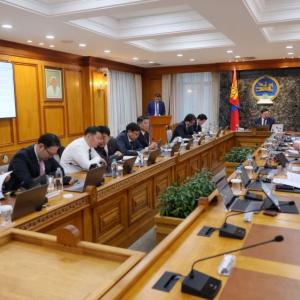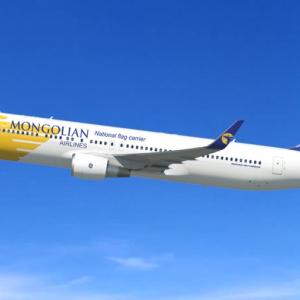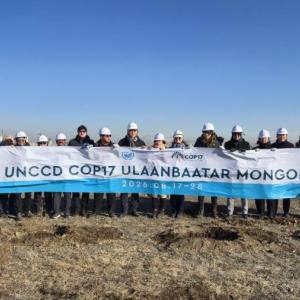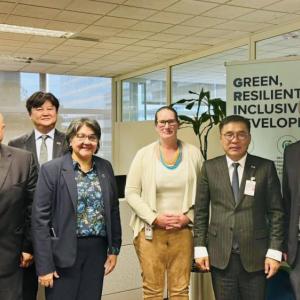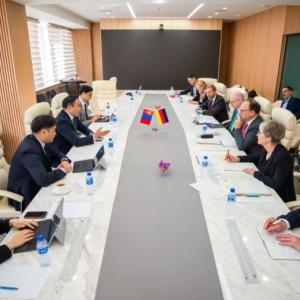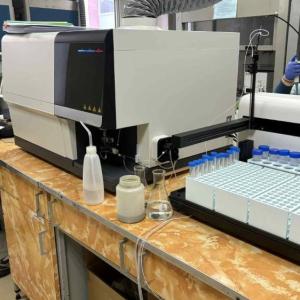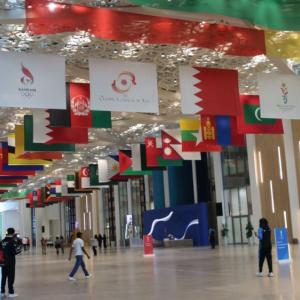ADB: Mongolian growth exceeds expectations due to strong economic performance
Economy | Agriculture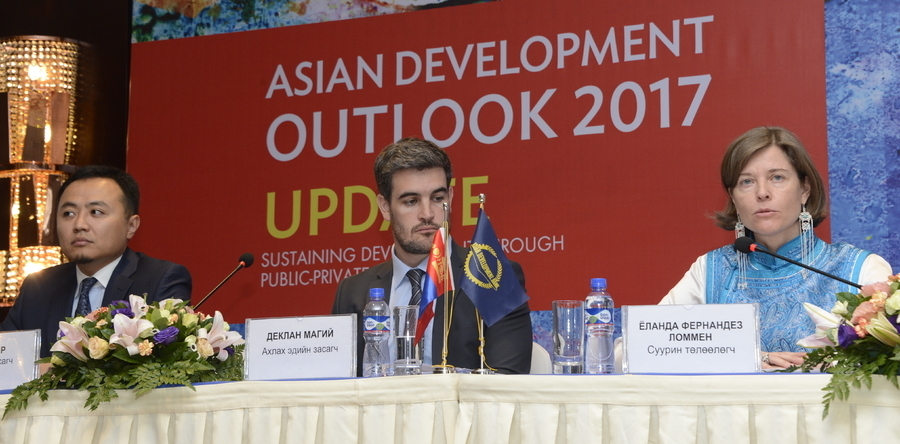
It was published on the Economic Outlook Report released on Tuesday by the Asian Development Bank (ADB).
In an update of its flagship economic publication, Asian Development Outlook (ADO) 2017, ADB forecasts continued growth for Mongolia’s economy at 4% and 3% in 2017 and 2018, respectively, compared to the 2.5% and 2% previously projected.
“Mongolia’s growth has been stronger than expected in 2017,” said Yolanda Fernandez Lommen, ADB Country Director in Mongolia. “Continued government commitment will be key to ensuring that planned investment into large ongoing mining projects--critical for future growth prospects--moves ahead. While it is important to create a sound investment environment in Mongolia’s mineral wealth, more will be needed to ensure that mining-led growth is sustainable and inclusive, and the conditions are created to support economic diversification and higher productivity growth," she said.
Mongolia’s economy grew by 5.3% in the first half of 2017, recovering strongly from the 1.2% growth rate recorded in 2016. The main drivers of growth over the forecast period are the strong export performance of coal, which is expected to continue in the short-term, and the approval of the International Monetary Fund’s reform package in May, which has helped restore business confidence.
Fiscal deficit for the first half of the year fell by 34.1%, to the equivalent of 5.8% of gross domestic product (GDP), on the back of a 41.1% increase in revenues while expenditures increased by 9.6%. As coal exports surged in the first half, trade surplus widened by 69.5% year-on-year, and the current account deficit narrowed by 42.8%, to 5.6% of GDP. Gross reserves at the end of June remained unchanged from the end of 2016 at $1.3 billion, enough to cover 2.6 months of imports. Reflecting these developments, the togrog appreciated 5.6% against the US dollar as of June.
Inflation averaged 3% in the first half of the year as the togrog depreciation from 2016 began to affect prices through higher import prices. The inflation forecast is revised down as a higher excise tax on fuel did not push up fuel prices as expected. With strong imports set to continue in the second half of 2017, the current account deficit is now seen widening this year and the next.
Downside risks to growth are vulnerability to commodity price downswings and prevailing drought that may affect crop and livestock production. Upside risks include stronger growth in the People’s Republic of China, shocks affecting its domestic coal supply, and rising copper prices.
ADB and the Government of Mongolia agreed on a new 4-year Country Partnership Strategy in May this year, which will help the country sustain inclusive growth in a period of economic difficulty. ADB will provide Mongolia up to $1.2 billion in financing until 2020. Focus will be on three pillars: economic and social stability, infrastructure for economic diversification, and strengthening environmental sustainability. The strategy also includes the cross-cutting themes of public sector management and gender equality.
 Ulaanbaatar
Ulaanbaatar








